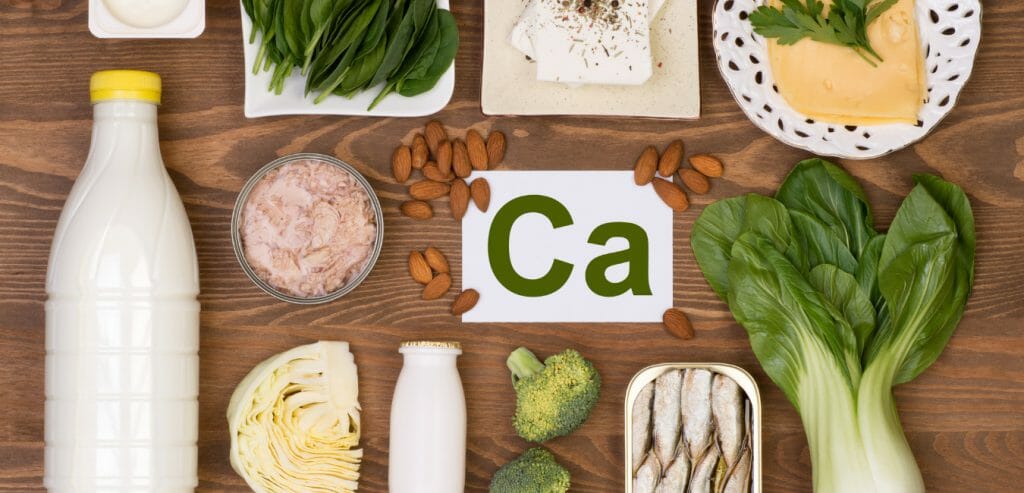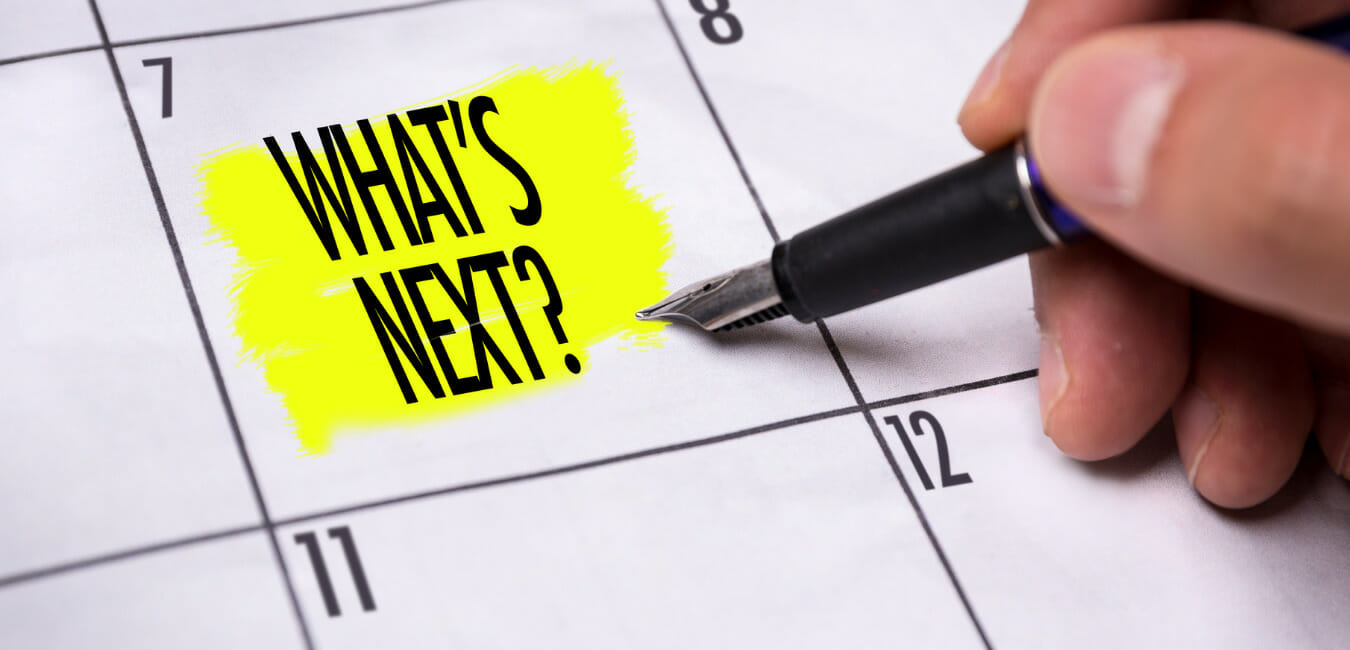An osteoporosis diagnosis can be scary and introduce feelings of anxiety over the possibility of breaking a bone. Our doctors at St. Paul Rheumatology can help you make sense of the disease and determine the best course of treatment for you.
It’s important to recognize that people with osteoporosis can still live fulfilling lives. Give yourself time to absorb the news. It might take a few days, weeks, or longer, but you should eventually arrive at an acceptance of the diagnosis.
Adopting a bone-healthy lifestyle can help reduce the risk of breaking a bone. Individuals who use drug therapy and implement appropriate lifestyle changes can reduce their risk of fracture and might even improve their bone mass (Osteoporosis Canada.)
Eliminate Smoking
Smoking causes bone loss which can put you at an even greater risk of breaking a bone due to a fall. Quitting smoking is good for bone health regardless of your age.
Limit Alcohol Intake
People at risk of osteoporosis should not drink more than two alcoholic drinks per day. Excessive alcohol consumption decreases the body’s ability to absorb calcium and increases the amount of calcium you lose through urine (womenshealthmatters.ca.)
Get Enough Calcium
Getting enough calcium and vitamin D is important to bone health, especially as you age. Calcium is a mineral that helps build bones, our blood to clot, muscles to contract, and heart to beat. (National Osteoporosis Foundation.)
The human body cannot produce calcium on its own, which is why a calcium-rich diet is important. When the body doesn’t ingest the calcium it needs through food, it takes it from our bones.
Food is the best source of calcium, though there are supplements you can take to increase your intake. Dairy products like milk, yogurt, and cheese have high amounts of calcium. You can also find calcium in some green vegetables, juices, soy milk, etc.
If you choose to go the supplement route, talk to one of our doctors about how much calcium you should be ingesting per day.

Get Enough Vitamin D
Vitamin D, like calcium, can help protect your bones from fracture. It helps your body absorb calcium and supports the muscles needed to avoid falls (National Osteoporosis Foundation.)
Your skin makes vitamin D when exposed to sunlight and stores it in your body’s fat for later use. The human body will produce a different amount of vitamin D depending on the time of day, latitude, skin pigmentation, age, and other factors (National Osteoporosis Foundation.)
You may also find vitamin D in food, though few foods that contain it. Fatty fish like wild-caught mackerel, salmon, and tuna have vitamin D. The vitamin is also added to milk and other dairy products, orange juice, and soy milk. (National Osteoporosis Foundation.)
Like calcium, you can take supplements to ingest more vitamin D. Ask one of our doctors to help you pick out a vitamin D supplement that’s right for you.
Exercise Regularly
Exercise stimulates bone formation, improves muscle strength, posture, coordination, balance, and reduces the risk of falls. People at risk of or who have osteoporosis should consider getting advice from a physiotherapist or personal trainer who has experience working with people with the disease.

Prevent Falls
A home has various fall hazards. You may want to ask a physiotherapist or occupational therapist to come to your home and look at common fall hazards to ensure you don’t fall and break a bone.
Some best practices include cleaning up any clutter in your home and repairing or removing tripping hazards. Loose carpet or throw rugs pose a heightened risk for falls. You may also consider installing handrails or grab bars around the home, especially in bathrooms.
Talk to Your Doctor About Medication
If you are at high risk for osteoporosis or an osteoporosis-related fracture, one of our doctors might prescribe medication to reduce this risk.
Next Steps
Set up an appointment with one of our doctors today to help determine what your best treatment options are. Click here to read our article, “What is Osteoporosis?” to find out more about the disease.
References
Learn What Osteoporosis Is and What It’s Caused by. National Osteoporosis Foundation. (2021, April 12). https://www.nof.org/patients/what-is-osteoporosis/.
Living with Osteoporosis. Women’s Health Matters. (n.d.). https://www.womenshealthmatters.ca/health-centres/bone-joint-health/living-with/. Osteoporosis Canada. (n.d.). Living Well with Osteoporosis. https://www.osteoporosis.ca/wp-content/uploads/OC_Living_Well_March_2012.pdf.
